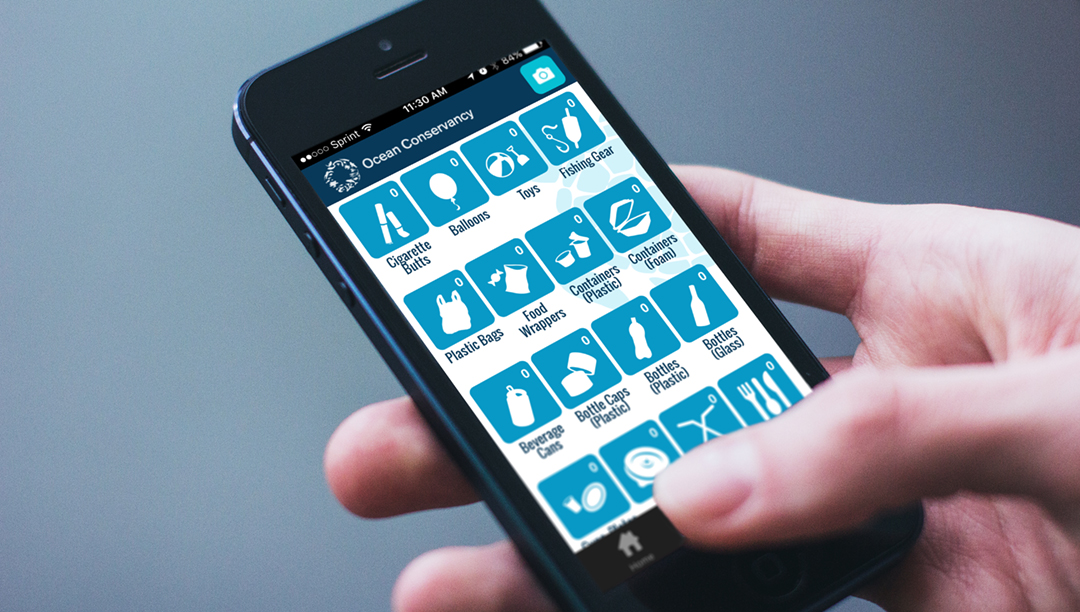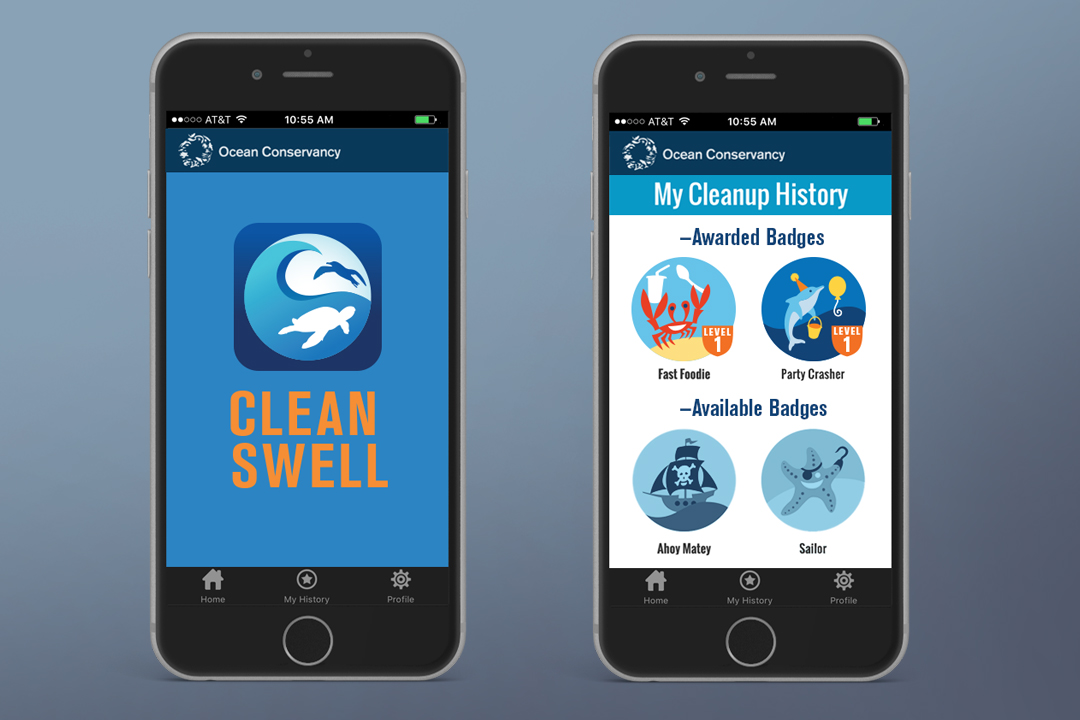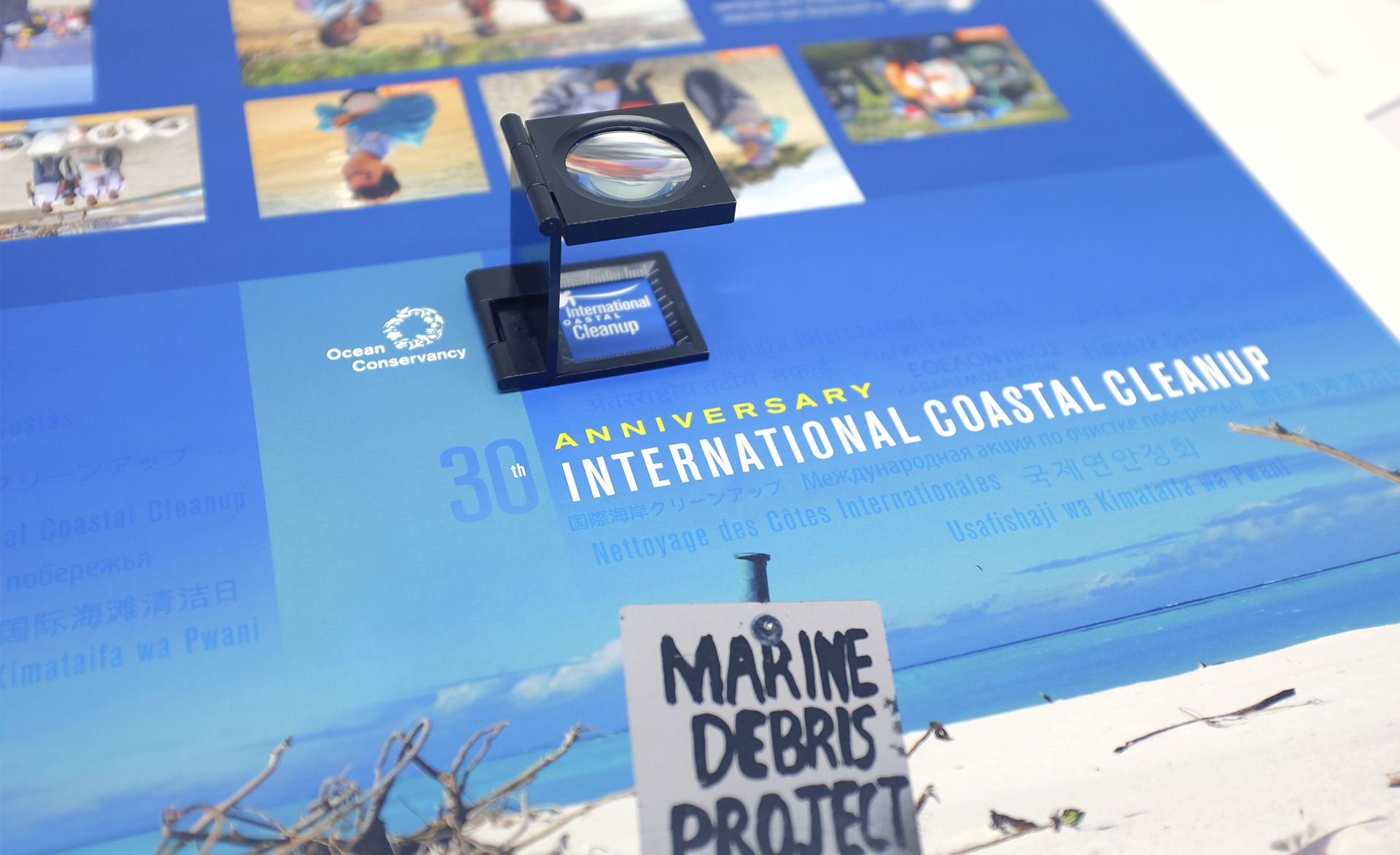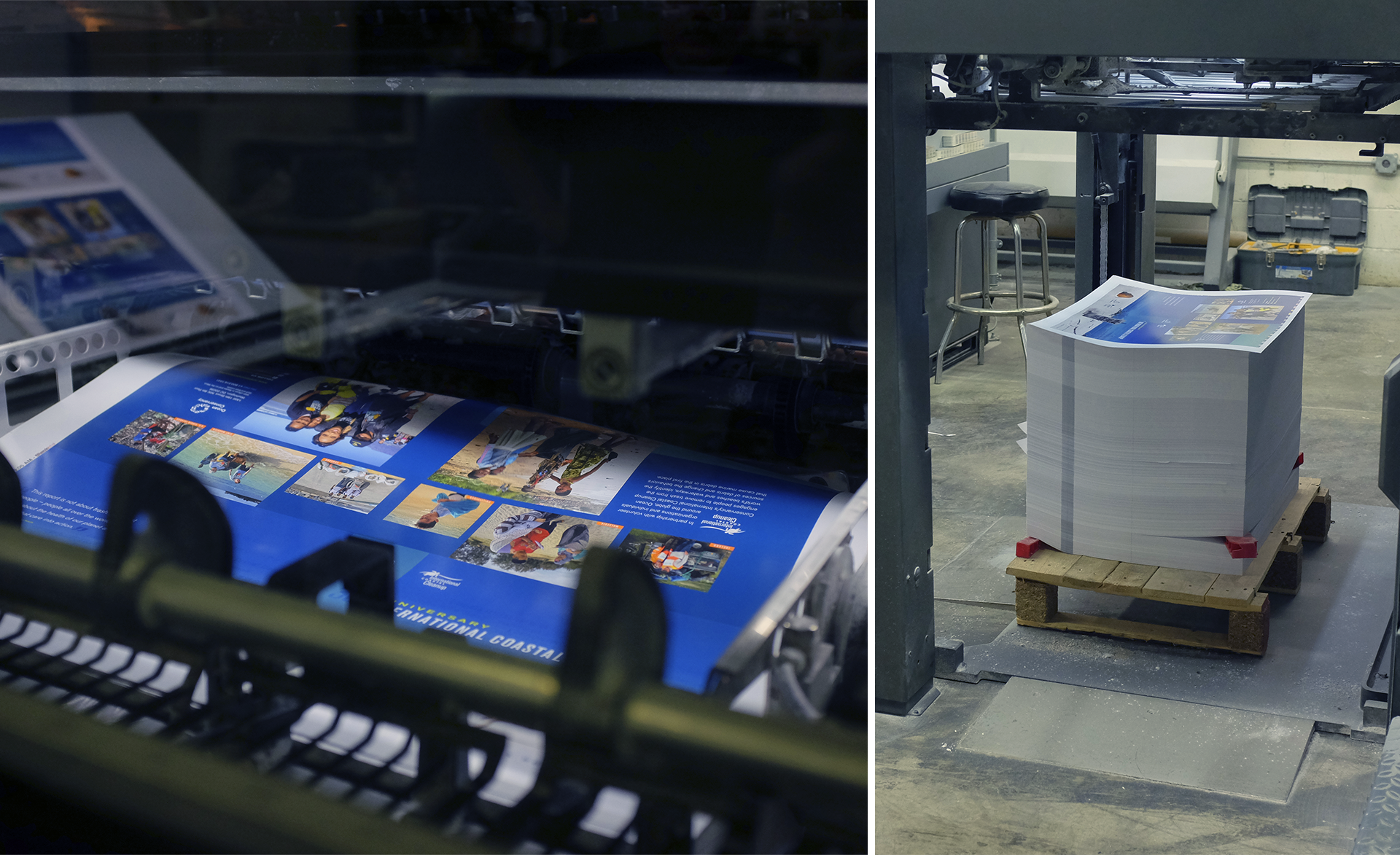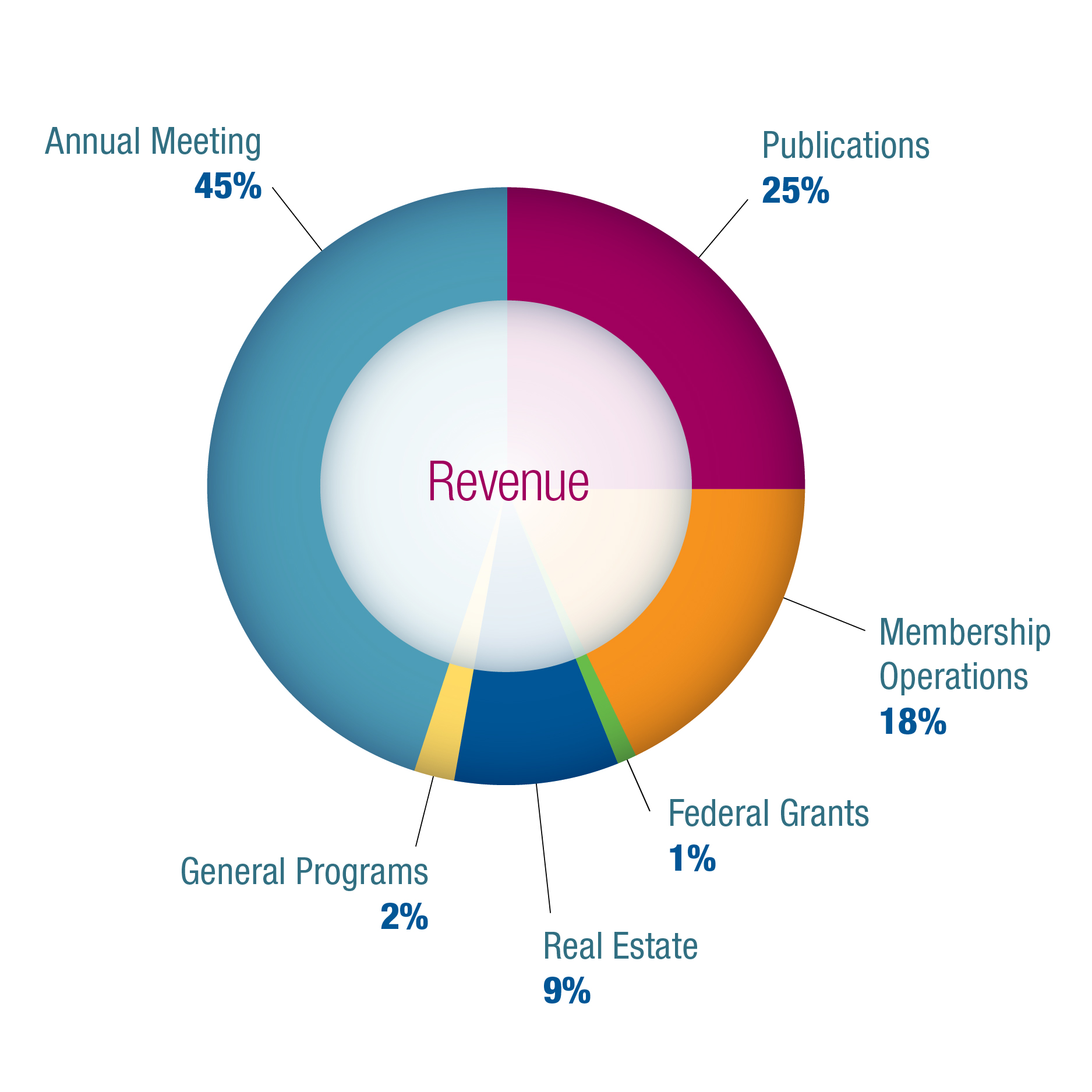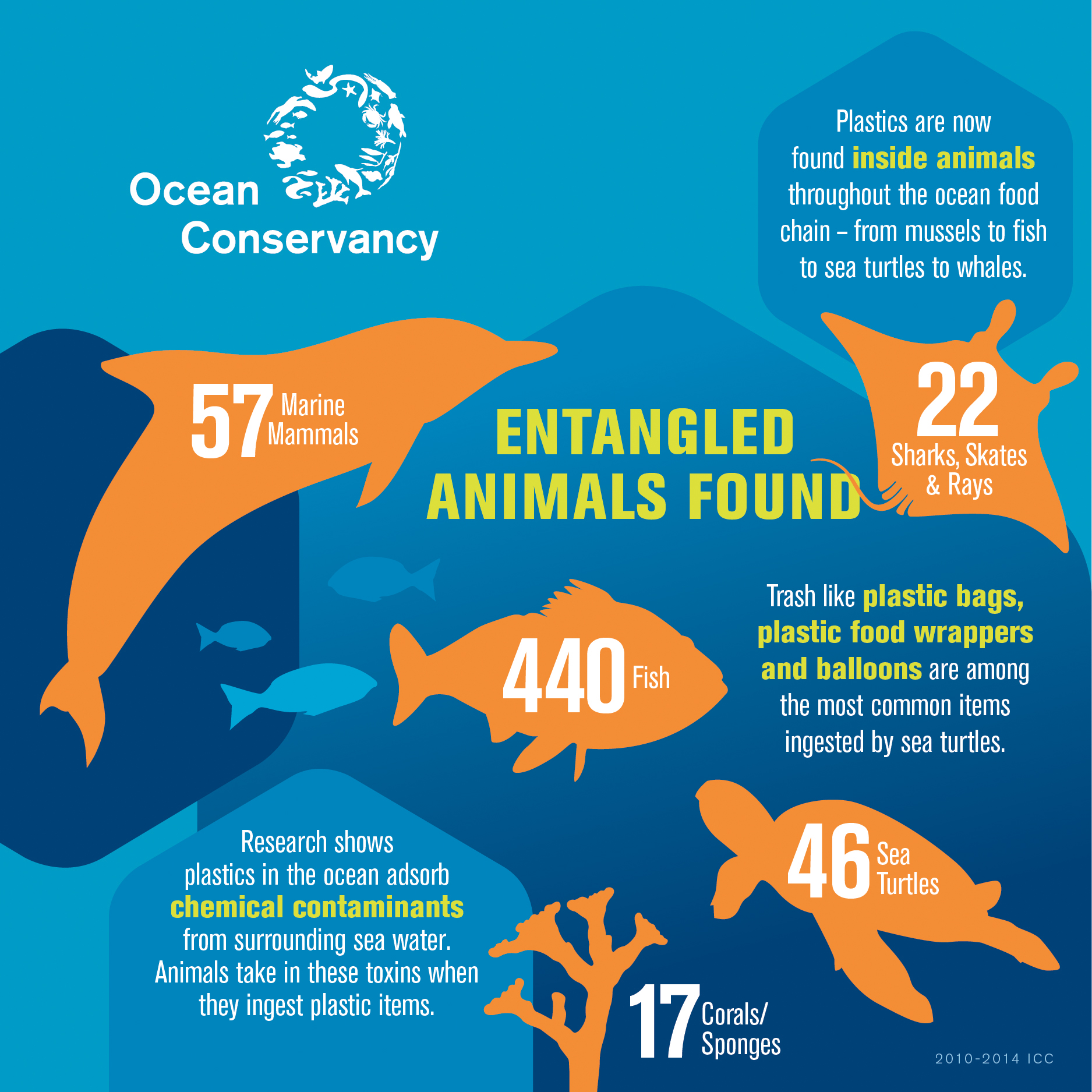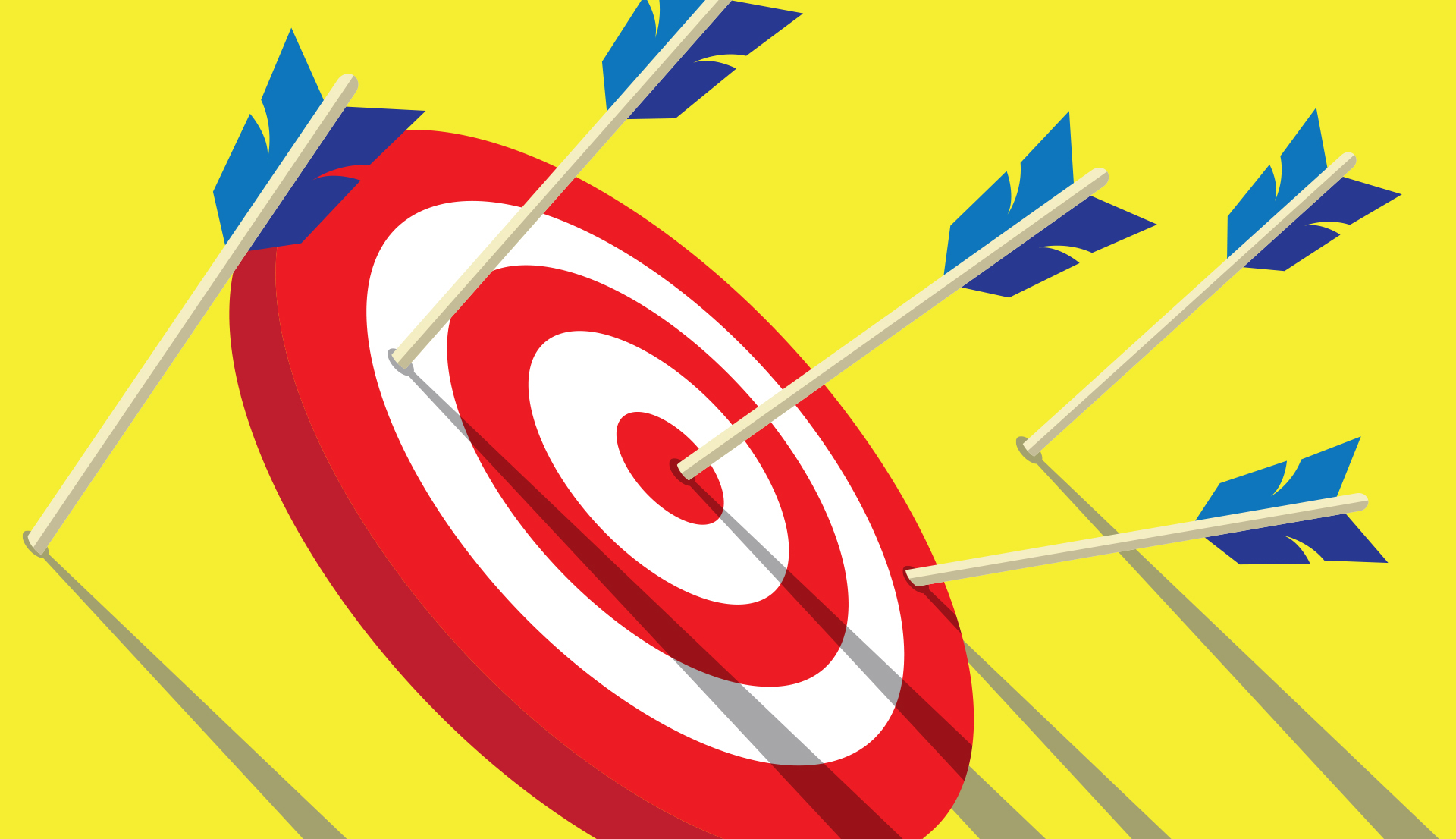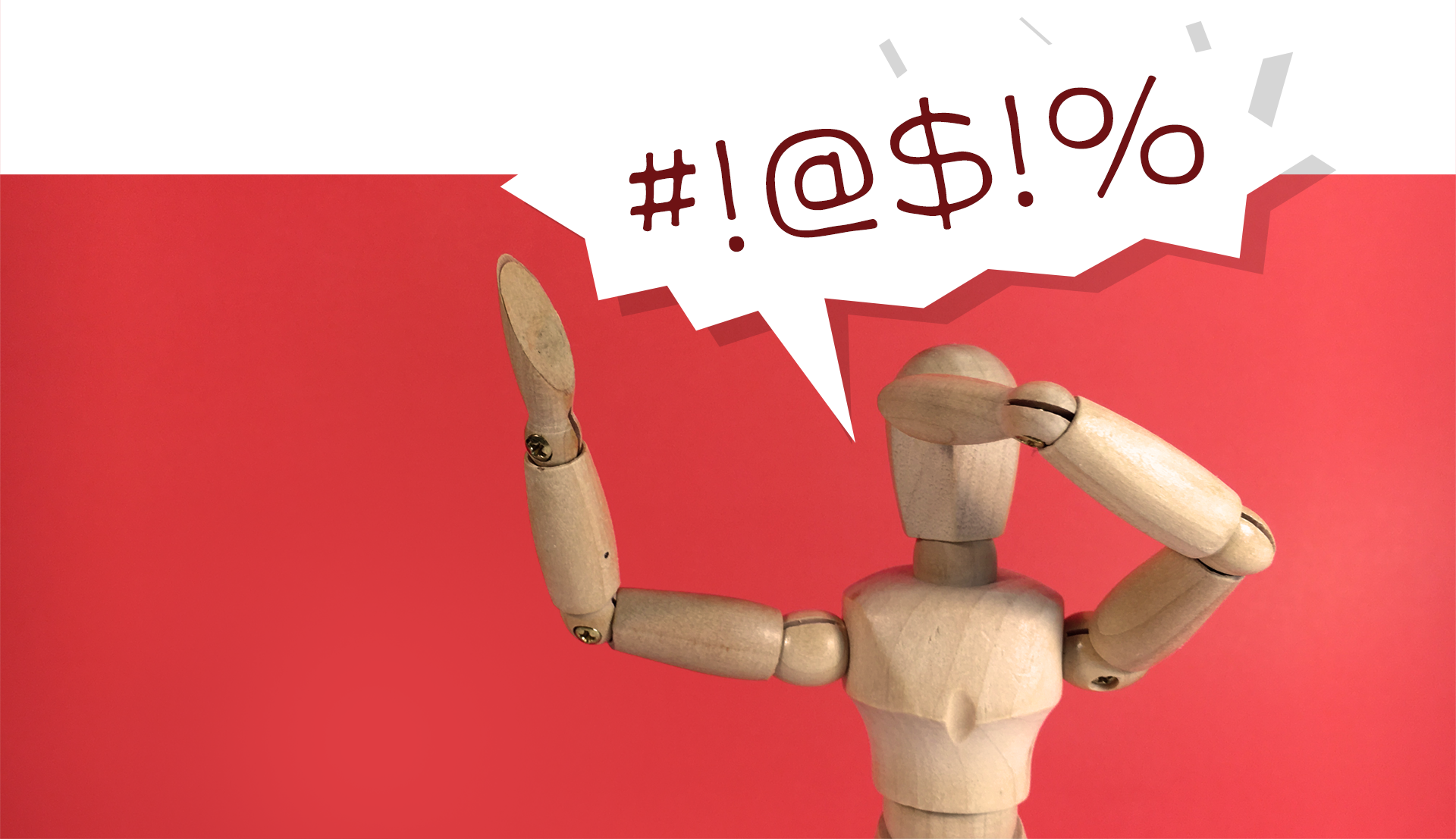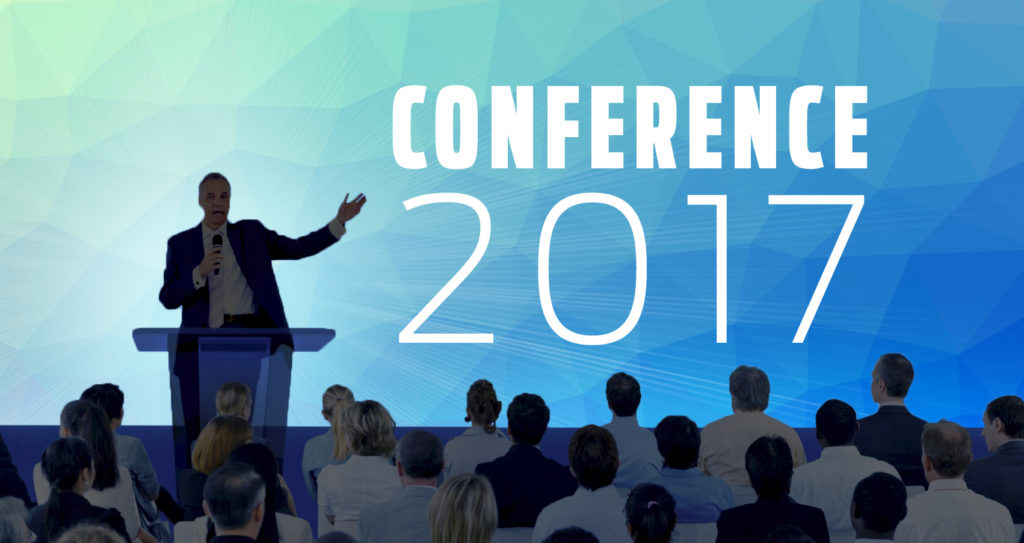
When you’re hosting a conference, you want to make an impact on your community of attendees and members. You focus on making your workshops educational and helpful. You pull out all the stops to book keynote speakers who draw crowds and inspire. You look at both the big picture and the details when it comes to the content of your conference, but what about its design and branding?
One way to make a big impact on both your marketing effort and attendee experience is to develop and implement a conference brand that is clear, unique, and instantly recognizable. Using consistent brand applications from the first point of contact—such as a save-the-date post card and email—through the on-site experience…to post-event surveys means that you’re building awareness, generating excitement, and fostering institutional pride and credibility at every step of the communication process.
So, what makes a successful conference brand? For starters, it’s more than a logo. The best conference brands are packages that include flexible graphics that can be applied across every medium. From direct mail to t-shirts, on-site signage to slide decks, consistent and expertly applied graphics, colors, and type treatments go a long way to build recognition and set a professional tone for your conference.
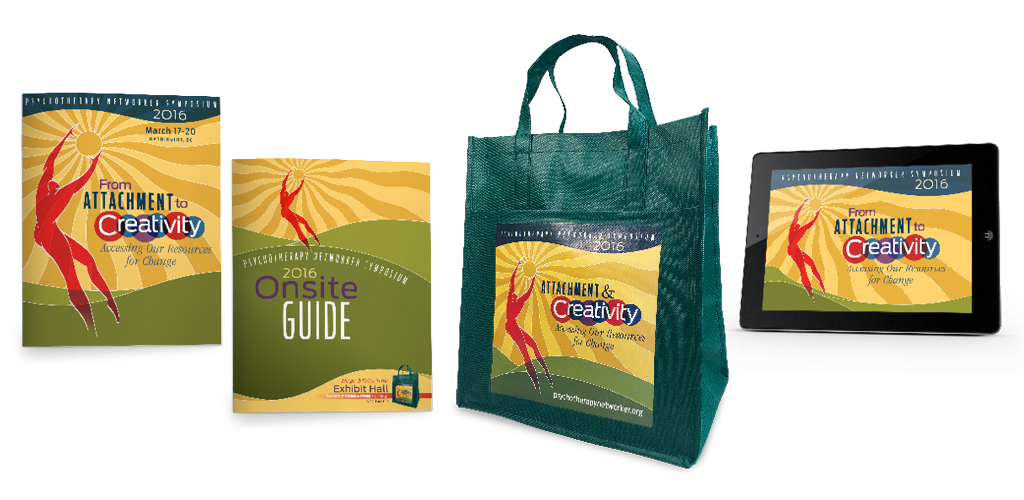
Next, your theme language is every bit as important as the graphics but is often overlooked and undervalued. While some go for a clever turn of phrase, it’s important to think about how your language addresses your audience’s pain points. Help them see the benefits that your conference provides and give them a sense of the atmosphere of the event through the tone and choice of your words.
Call us today at 301-776-2812 to start the conversation about how we can develop a conference brand that makes your organization stand out in the crowd.

